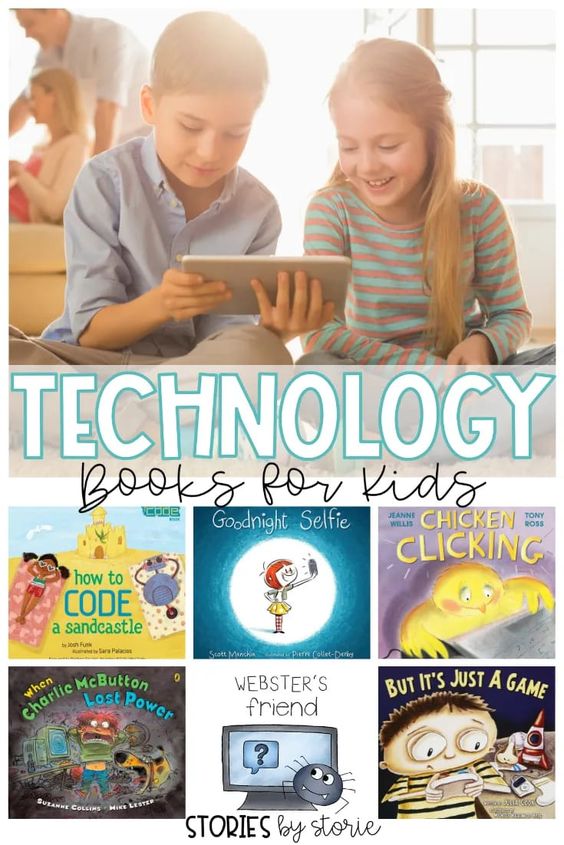In today’s competitive tech talent market, crafting an effective job posting is crucial to attracting and hiring iOS developers. A well-optimized job posting not only highlights the essential requirements and benefits of the role but also stands out in a sea of generic job advertisements.
This guide will walk you through the key strategies to enhance your iOS developer job postings, ensuring they attract highly skilled professionals who are a perfect fit for your projects.
Strategies to Attract and Engage Top iOS Talent
A compelling job posting is your first interaction with potential candidates. It sets the tone for your company’s image and is a critical tool in your recruitment arsenal. Here’s how you can optimize your iOS developer job postings to draw in the best in the field.
1. Clear and Concise Job Title
The job title is the first thing candidates see, so it must be clear and precise. Avoid jargon and overly creative titles that can confuse job seekers. Titles should reflect the nature of the job and its level within the organization accurately.
Instead of just “iOS Developer,” specify the seniority or a particular specialization if necessary, like “Senior iOS Developer” or “iOS UI/UX Developer.” Ask yourself if your job title immediately conveys the role’s requirements and expectations.
2. Detailed Job Description
A well-detailed job description not only informs candidates about the role but also excites them about the opportunity. It should clearly outline what the day-to-day responsibilities will look like and what specific skills and experiences are required.
Be specific about the technologies and tools the developer will be expected to use and any particular methodologies, like Agile or Scrum, with which they should be familiar. Job postings with detailed descriptions receive more applications.
3. Highlight Required Technical Skills
For an iOS developer, certain technical skills are non-negotiable. Clearly list out necessary skills such as proficiency in Swift, understanding of the iOS ecosystem, experience with Xcode, and familiarity with APIs and third-party libraries.
Are the listed skills tailored to foster innovation and efficiency in your projects? Differentiate between must-have and nice-to-have skills to widen your pool of applicants without compromising on quality.
4. Showcase Company Culture and Benefits
Top candidates often look for more than just a paycheck. They are interested in the company culture and other benefits. Highlight aspects of your company culture, mission, and values that make it a unique place to work.
Include specific benefits like remote work options, health insurance, continuing education allowances, and perhaps company retreats. Companies that promote a positive work-life balance tend to attract more applications.
5. Include Information on Career Development Opportunities
When you hire mobile app developers in this competitive age, career progression is a significant factor for many developers. Detail any training programs, mentorship opportunities, and potential career paths within the company.
Explain how the role fits into the company’s larger goals and how it might evolve over time. List down what career development opportunities your company offers to be able to attract ambitious developers.
6. Simplify the Application Process
A cumbersome application process can deter even the most interested candidates. Ensure that the application process is straightforward and user-friendly. Provide a direct link to the application page and estimate the amount of time it will take to complete the application.
You would be startled to know that over 60% of job seekers abandon applications that are too long or complex.
7. Emphasize Collaboration and Team Interaction
Developers often work in team settings where they must collaborate with other developers, designers, and product managers. Highlighting the collaborative nature of the role and the importance of teamwork can attract candidates who thrive in interactive environments.
How does your team foster a collaborative work environment? Describe the team structure and how the new developer will fit into the organization.
8. Mention the Impact of the Role
Top candidates usually seek roles that impact the company and its customers. Detail how the developer’s contributions will affect projects, products, or services. This can make the role more appealing to candidates seeking meaningful work.
Provide examples of projects they will work on and the potential impact on the business or its users. Candidates are more likely to apply when they understand the direct impact of their work on the organization’s success.
9. Be Transparent About the Hiring Process
Transparency in the hiring process can set expectations and help maintain the interest of candidates. Include information about the steps involved, such as initial screenings, technical interviews, and any coding tests they might expect.
Outline each stage of the interview process, including timelines, to help candidates prepare adequately. Inform candidates of what each step of the hiring process entails and why it’s a part of the process.
10. Offer Insight Into Remote Work and Flexibility Options
In today’s job market, flexibility is a significant draw for many professionals, including iOS developers. If your company offers remote work opportunities, flexible hours, or a hybrid model, make sure to highlight these options.
Clearly state the work-from-home policies and any tools or stipends provided to facilitate remote work. Listings that mention flexibility in work arrangements tend to receive more applications than those that do not.
Summing Up
By optimizing your iOS developer job postings along these lines, you not only increase the visibility of your openings but also enhance the quality of your applicant pool. Effective job postings are an integral part of strategic talent acquisition, enabling you to attract and hire iOS developers who are not just capable of fulfilling the technical demands of the role but are also a great cultural fit for your organization.















 An optimised checkout process improves customer experience and yields more sales. A seamless experience lowers conflict, drastically reduces cart abandonment, and increases conversion rates. Consumers prefer checkout systems that are safe and efficient. Optimising these processes will directly impact your business’s net income. Increase efficiency and security with the
An optimised checkout process improves customer experience and yields more sales. A seamless experience lowers conflict, drastically reduces cart abandonment, and increases conversion rates. Consumers prefer checkout systems that are safe and efficient. Optimising these processes will directly impact your business’s net income. Increase efficiency and security with the 























